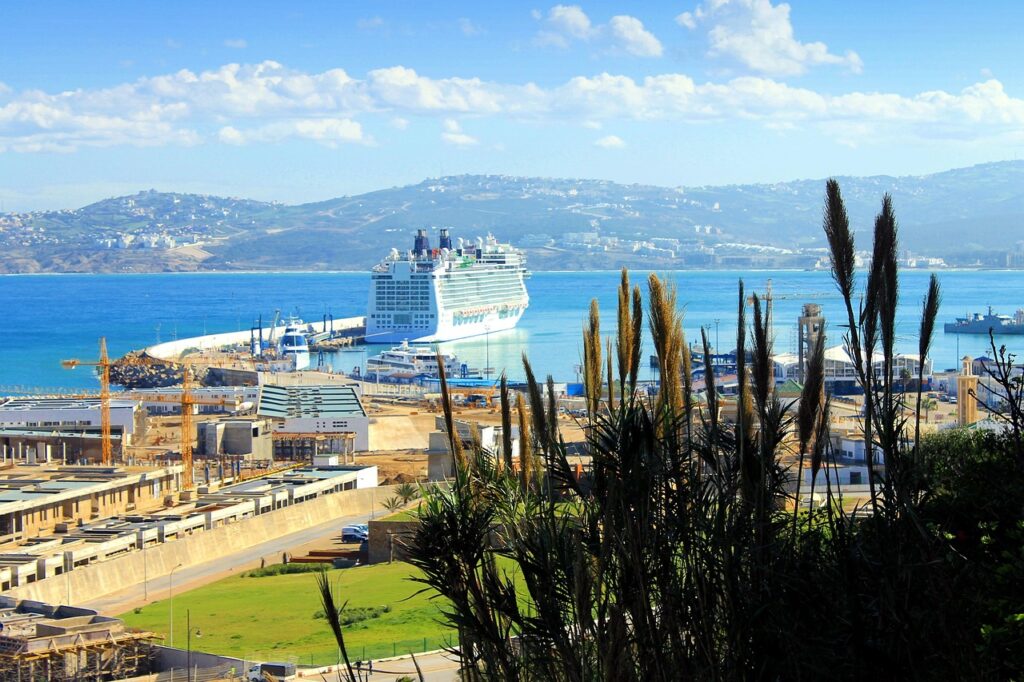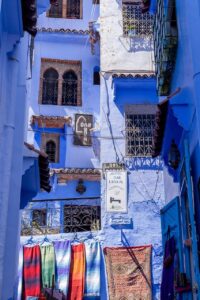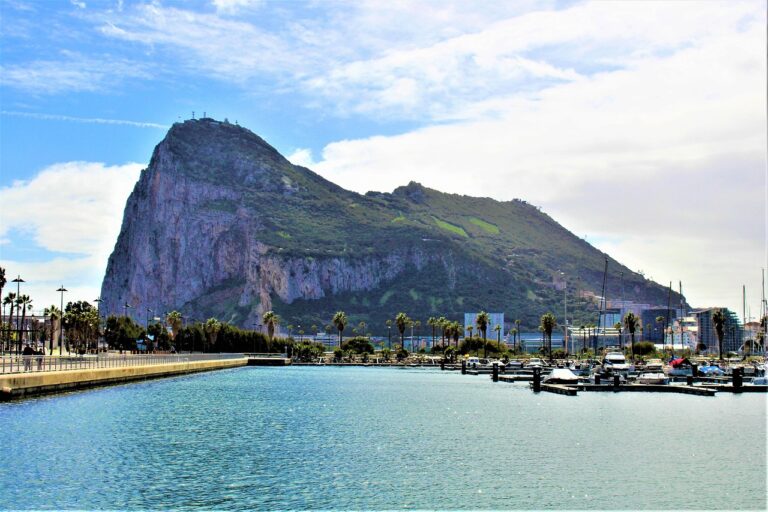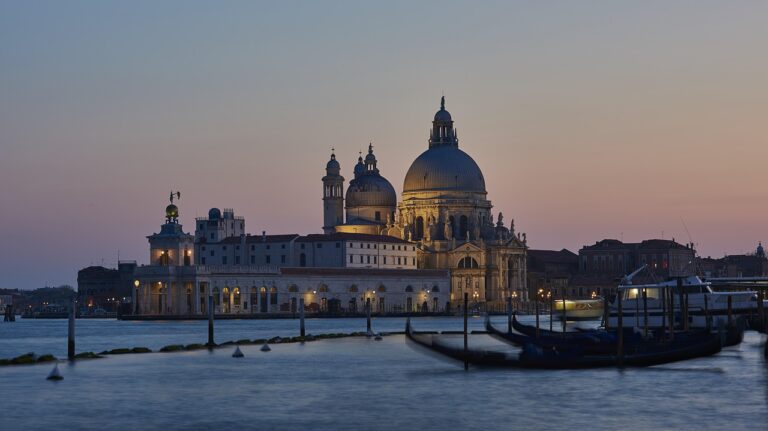We’ll take you on an exploration of Morocco for a self-paced getaway across the Strait of Gibraltar!
Traveling to northern Morocco from Spain with your own vehicle paves the way for an adventure worthy of a road movie, combining ease, freedom, and discovery. The geographical proximity between Spain and Morocco makes this sea crossing easy and accessible to all travelers. The option of boarding your car on a ferry from neighboring Spanish ports and crossing the Strait of Gibraltar offers unparalleled flexibility. It offers the promise of following your own itinerary and stopping as you please along the way.
Driving through northern Morocco, you embark on a journey where every turn reveals new landscapes, picturesque villages, and little-known beaches. The winding roads of the Rif Mountains and the Mediterranean coast offer an incomparable sense of freedom, especially since they are rarely featured in guidebooks. In short, traveling to northern Morocco from Spain with your own vehicle promises an enriching experience, where ease of travel combines with the joy of discovery.
The Strait of Gibraltar: Gateway to Morocco
Traveling to Morocco via the Strait of Gibraltar is an experience made easier by the geographical proximity between Spain and Morocco. Indeed, the sea crossing between the two continents is relatively straightforward and offers a scenic way to enter Morocco. Ferries from Spain to Morocco depart regularly from Spanish ports like Algeciras or Tarifa, making this crossing accessible to all travelers. With varied schedules and options for both fast and more relaxed crossings, it’s easy to find one that suits every itinerary and budget. As long as you book in advance and prepare a little.
Additionally, a stopover in Gibraltar can be an interesting opportunity. This rocky outcrop, a British territory, is iconic with its history and extraordinary cultural melting pot. The summit of the Rock of Gibraltar, in addition to offering incredible views, is home to free-roaming monkeys. It’s an unusual exotic touch in Europe that remains a memorable moment for many travelers. Strolling through the city’s bustling streets, you’ll discover a unique fusion of British and Mediterranean cultures, reflecting the historical influence of this enclave. You can explore the remains of fortifications dating back to the Moorish era and appreciate the diverse flora and fauna in the local nature reserve. In short, crossing the Strait of Gibraltar to reach Morocco is not only convenient but also offers the chance to discover a unique destination along the way.
The car for a personalized and flexible travel experience
Traveling from Spain to Morocco with your own vehicle offers an exceptionally flexible and convenient travel experience. With your own car, you have the freedom to create your own itinerary. You can stop wherever you like along the way, in picturesque spots or less touristy regions. You can also bring everything you need for your trip, from luggage to special equipment, without worrying about weight or size restrictions. Furthermore, having your own vehicle allows you to better explore Morocco once you arrive. Indeed, some places far from tourist centers are difficult to access by public transport. Off-the-beaten-track adventures await you! Finally, it’s also a good way to save money by avoiding the cost of car rental on site. You also avoid the fatigue inherent in organized tours or the numerous stops on public transport. Ferries operating between Spain and Morocco today offer all the necessary comfort, with well-designed cabins for relaxing.
Some practical advice for crossing the border
To cross the border between Spain and Morocco smoothly, it’s important to follow some practical advice. First, make sure you have all your travel documents in order, including your passport, driver’s license, registration document, and vehicle insurance. Your passport must be valid for at least three months from your arrival date. As a European Union citizen, you can stay in Morocco for a maximum of 90 days. Also, be prepared by having all the information related to your stay in Morocco, such as hotel or accommodation reservations, on hand. Customs officials may ask you where you’re going and the purpose of your trip.
If you can, plan to arrive at the border early to avoid long lines, especially during busy periods. Be prepared to answer questions from border control officers and present your documents in a clear and organized manner. Also, be careful about what you bring in your car, as it will be searched. Leave alcohol and anything that could be used as a weapon at home, and also check the regulations regarding drones. By following these tips and remaining patient and courteous, you will be able to cross the border between Spain and Morocco smoothly and without any problems.

Some destinations not to be missed in the north of Morocco

Northern Morocco is full of stunning destinations to explore by car, boasting diverse landscapes, rich history, and vibrant culture. Among the best destinations to visit by car in this region is Chefchaouen, also known as the “Blue City.” Nestled in the Rif Mountains, Chefchaouen enchants visitors with its picturesque blue-painted streets and bright white buildings. It’s the perfect setting for wandering and getting lost in its charming alleyways.
Tangier, Morocco’s gateway to Europe, is another must-see destination. This vibrant port city is legendary. It offers a captivating mix of cultures, with its bustling medinas, colorful souks, and magnificent views of the Strait of Gibraltar from the kasbah. Here, you’ll discover bullrings and a Spanish theater that recall the city’s proximity to Europe and the many exchanges that have always taken place between the two continents. Tangier continues to captivate travelers with its cosmopolitan atmosphere. You can follow in the footsteps of great painters and writers who settled here for a while.
From here, you can also easily reach Asilah, a charming coastal town renowned for its white walls and summer art festivals. For a more authentic experience, the Tetouan region is worth marking on your road map. This imperial city, with its well-preserved Hispano-Moorish architecture, offers a deep dive into Moroccan history. Take the time to explore its bustling souks, fascinating museums, and ancient ramparts. And of course, stop to enjoy delicious local cuisine in its many traditional restaurants.
Morocco’s northern Mediterranean coastline is also home to hidden gems such as Martil Beach, renowned for its crystal-clear waters and golden sand, perfect for a relaxing day by the sea. Nature lovers will want to head to the mountainous Rif region, which boasts spectacular scenery, picturesque Berber villages, and numerous hiking opportunities. Finally, the historic town of Larache is also worth a visit, with its Roman ruins, bustling port, and laid-back atmosphere.
No matter your destination, traveling by car in northern Morocco promises an unforgettable adventure, with the freedom to discover hidden treasures and unique experiences at every turn.








